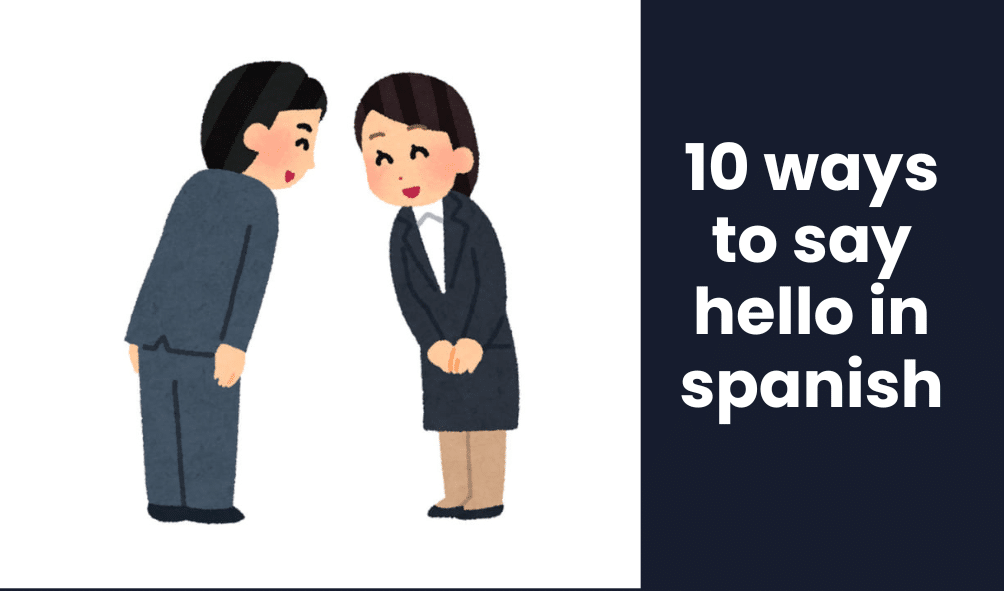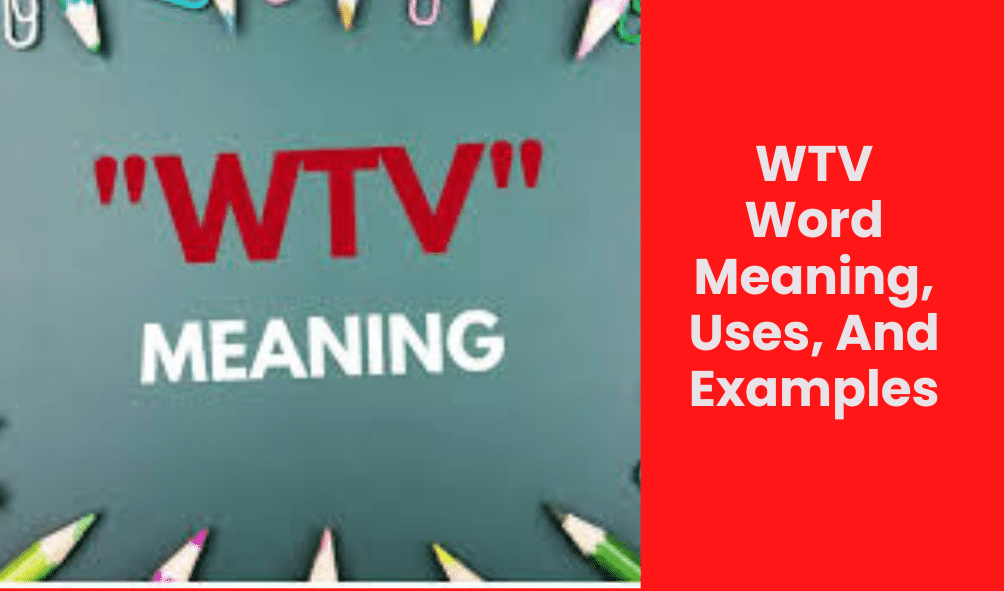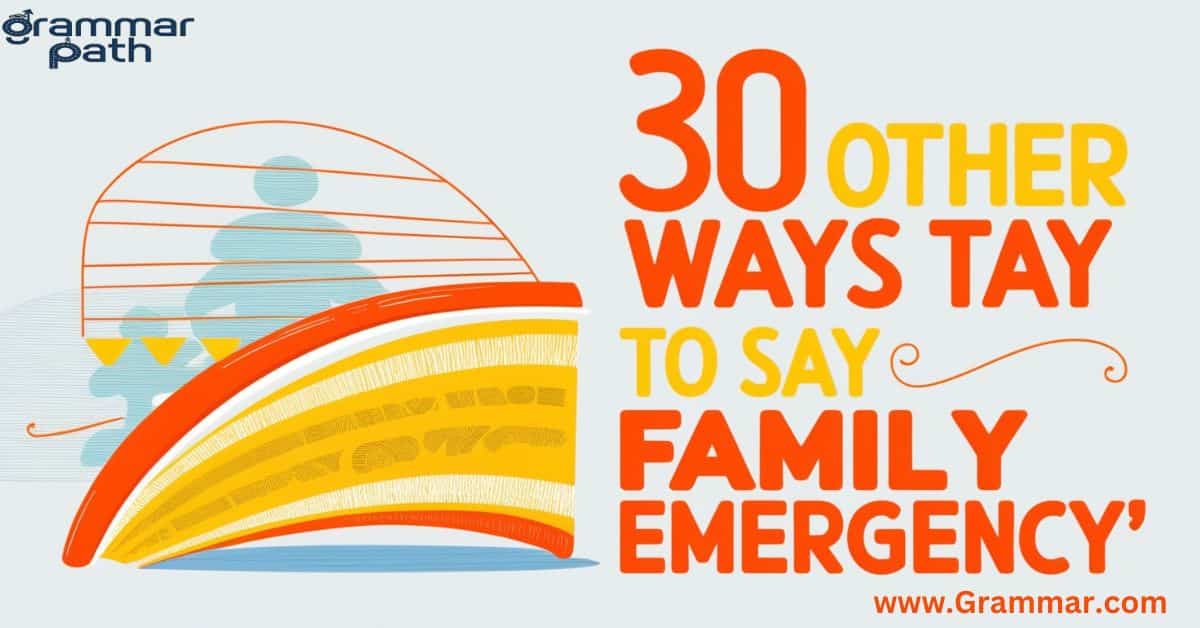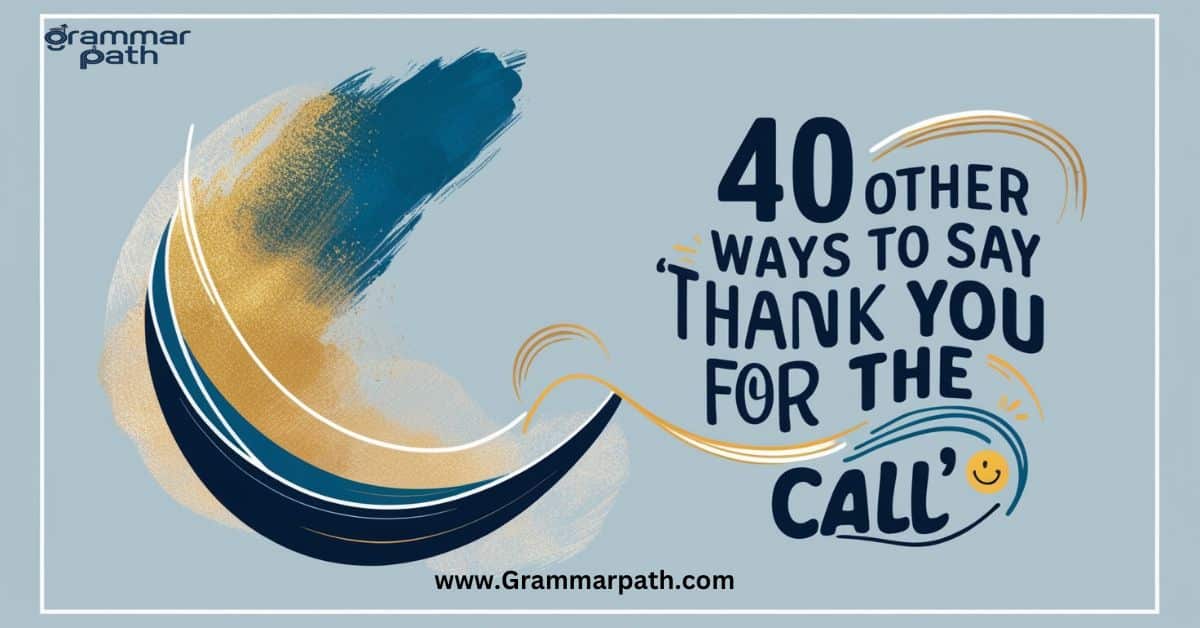
10 ways to say hello in spanish
Spanish is one of the most widely spoken languages in the world, boasting over 500 million native speakers across more than 20 countries. One of the most fundamental aspects of learning a language is knowing how to greet people properly. Saying “hello” may seem simple, but in Spanish, there are many ways to do so depending on the time of day, formality, and even the region. Here are ten common ways to say hello in Spanish and when to use them.
1. Hola – The Classic Greeting
“Hola” is the most common and universally accepted way to say “hello” in Spanish. It is informal yet widely used in both casual and professional settings. You can use “Hola” at any time of day, and it is suitable for greeting friends, strangers, and even authority figures.
Example:
- Hola, ¿cómo estás? (Hello, how are you?)
2. Buenos días – Good Morning
“Buenos días” translates to “Good morning” and is used from early morning until around noon. It is slightly more formal than “Hola” and is commonly used in workplaces, restaurants, and with elders or people you are meeting for the first time.
Example:
- Buenos días, señor. ¿Cómo está usted? (Good morning, sir. How are you?)
3. Buenas tardes – Good Afternoon
After noon until the early evening, “Buenas tardes” is the appropriate greeting. This is often used in professional and formal settings but is also acceptable in casual conversations.
Example:
- Buenas tardes, ¿en qué puedo ayudarle? (Good afternoon, how can I help you?)
4. Buenas noches – Good Evening/Night
“Buenas noches” serves as both a greeting and a farewell phrase. It is used from evening onward and is appropriate when arriving at a social event, restaurant, or workplace in the late hours.
Example:
- Buenas noches, ¿cómo ha estado? (Good evening, how have you been?)
5. ¿Qué tal? – How’s It Going?
“¿Qué tal?” is a very informal way to say “hello” that also serves as a conversation starter. It is similar to “What’s up?” in English and is commonly used among friends, family, and peers.
Example:
- ¡Hola! ¿Qué tal? (Hi! How’s it going?)
6. ¿Cómo estás? / ¿Cómo está usted? – How Are You?
“¿Cómo estás?” is an informal way of asking someone how they are, while “¿Cómo está usted?” is the formal version. These greetings are perfect for both casual and polite conversations.
Example:
- Hola, ¿cómo estás? (Hi, how are you?)
- Buenos días, ¿cómo está usted? (Good morning, how are you?)
7. ¡Ey! / ¡Oye! – Hey!
“Ey” or “Oye” are casual greetings, mostly used to grab someone’s attention. “Ey” is more neutral, while “Oye” can also imply a request for attention.
Example:
- Ey, ¿qué haces aquí? (Hey, what are you doing here?)
- Oye, ¿me puedes ayudar? (Hey, can you help me?)
8. ¿Qué onda? – What’s Up? (Latin American Slang)
Popular in Mexico and some parts of Latin America, “¿Qué onda?” is an informal way of greeting close friends and acquaintances. It’s the equivalent of “What’s up?” in English.
Example:
- ¡Hola, qué onda! (Hey, what’s up!)
9. ¿Cómo va? – How’s It Going?
Similar to “¿Qué tal?”, “¿Cómo va?” is another informal greeting used among peers. It’s a relaxed way to check in with someone without requiring a detailed response.
Example:
- Hola, ¿cómo va todo? (Hi, how’s everything going?)
10. ¡Bienvenido/a! – Welcome!
“Bienvenido” (for males) and “Bienvenida” (for females) are used to greet someone who has just arrived at a place, event, or home. It is a warm and inviting way to acknowledge a guest.
Example:
- ¡Bienvenidos a nuestra casa! (Welcome to our home!)
Conclusion
Knowing how to say “hello” in Spanish is a great way to make a good first impression and start conversations on the right foot. Whether you’re traveling, meeting new people, or just trying to improve your Spanish skills, using the right greeting can help you sound more natural and friendly. From the classic “Hola” to the casual “¿Qué onda?”, these ten greetings will help you navigate different social situations with confidence. ¡Buena suerte! (Good luck!)






